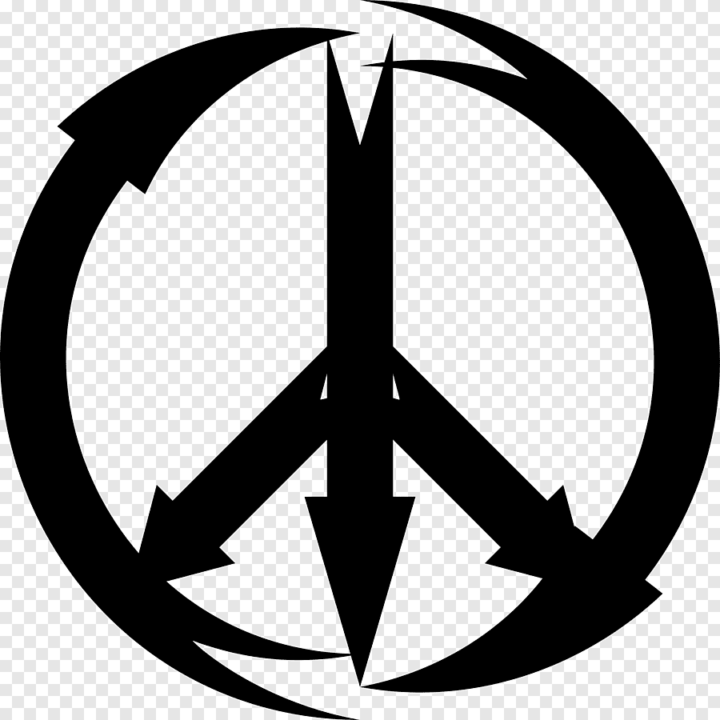By Mitzi Stark (WILPF) and Giovanny Blanco (World Without Warsand Violence)
The 22ndof January, 2021 became an important day in history when Honduras became the 50thcountry to ratify the United Nations’ Treaty to Prohibit Nuclear Arms. This treaty, now in force, makes nuclear arms, their development, storage and use illegal and is the first concrete step to putting an end to most deadly threat to life in history.
What does this mean to us in Costa Rica and for all the countries of Latin America and the Caribbean, small countries without power on the world stage? The whole world is aware of the massive death and destruction that occurred when the United States dropped atomic bombs on the Japanese cities of Hiroshima and Nagasaki on August 6, 1945. That event is remembered every year on that date. Although the bomb put an end to a long and bloody war it caused such a tremendous loss of all life that nobody wanted to see such a tragedy repreated.
Never-the-less the leaders of the most powerful countries thought that they could prevent another war by developing and building bombs evenmore potent so that today nine presidents and prime ministers have within their reach the “red button” with which to launch a nuclear war.
The Russian missile crisis in Cuba in 1963 brought the threat of a nuclear war close to our shores when the Soviet Union attempted to install them in Cuba and president John F. Kennedy challenged premier Nikita Krushev to remove them, and a nuclear war was reverted. As a result the countries of Latin America and the Caribbean met and signed the Treaty of Tololtelecin Mexico in 1969 to prohibit the installation of any nuclear weapons in the whole of the territory. This was the first international action to eliminate nuclear arms. In the next 58 years other regions of the world established “nuclear free zones.”
The nine nuclear nations have in their arsenals 13,500 nuclear arms and of these 1800 are aimed at specific targets. These nine countries, the United States, Great Britain, France, China, India, Pakistan, North Korea and Israel spent $72.9 billion just on nuclear arms in 2019. Other countries such as Iran and Saudi Arabia could have the potential to produce them. And among these countries there are conflicts which could break into a nuclear war; India and Pakistan, and the United States and North Korea.
The big challenge now is to convince the world’s leaders to sign the treaty and work to implement it. Federico Mayor, president of the Foundation for Culture and Peace and ex-director general of UNESCO said that we have to find a new concept of security. Nuclear arms will never bring security nor peace.
Costa Rica played an important role in making the Treaty for the Prohibition of Nuclear Arms a reality being one of the first countries to accept the draft of the treaty and introducing it to the United Nations. Elayne Whyte Gomez, Costa Rica’s permanent representative to the United Nations in Geneva, was the organizer and president of the United Nations’ conference in 2017 where the treaty was adopted by a vote of 122 in favor.
Non governmentalorganizations also played a significant role in advancing the treaty and the coalition, International Campaign to Abolish Nuclear Arms (ICAN) won the Nobel Peace Prize in 2017 for their work to promote the treaty. Among the organizations that have branches in Costa Rica are World Without War and Violence, the Women’s International League for Peace and Freedom, and International Physicians for the Prevention of Nuclear War (IPPNW) whose members work to promote a culture of peace.
This year will see a second World March for Peace, which will start out simultaeously in Mexico and Argentina and will meet in Costa Rica in September or October, to call for peace and the total ratification of the Treaty on the Prohibition of Nuclear Arms.
Mitzi Stark is amember of WILPF Costa Rica, mitzstar@gmail.comGiovanny Blanco Mata is a member of World Without War and Violence, giovanny.blanco.mata@gmail.com






